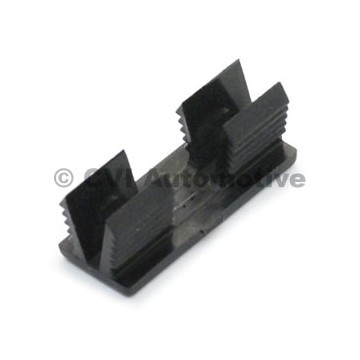IansPlatinum
Active member
- Joined
- Jul 23, 2018
- Location
- Texas
1. If my master cylinder has a faulty piston, where does the brake failure warning show up in the car? From my understanding, there's a little ball in the brake octopus thing that will shift side to side if there's a pressure differential, closing the circuit for the brake warning. So where's the warning lamp? Is it the same as the brake warning lamp for the E-brake?
2. Recently had some water intrusion after very heavy rains. It seems to me that water is leaking from somewhere under the dash, which might point to windshield seal, heater box, or some other entry point. What's common on these cars? I haven't noticed any creeping rust from the windshield surround to be suspicious of...
Water dripped onto my boots from stepping on the clutch, brake, steering, etc...
3. Oil pressure reads 35 psi at idle, but isn't very linear. At 2K RPM, it might go to 45 or 50 or so. I'm thinking there's some resistance somewhere in the circuitry... Or do those values sound normal?
2. Recently had some water intrusion after very heavy rains. It seems to me that water is leaking from somewhere under the dash, which might point to windshield seal, heater box, or some other entry point. What's common on these cars? I haven't noticed any creeping rust from the windshield surround to be suspicious of...
Water dripped onto my boots from stepping on the clutch, brake, steering, etc...
3. Oil pressure reads 35 psi at idle, but isn't very linear. At 2K RPM, it might go to 45 or 50 or so. I'm thinking there's some resistance somewhere in the circuitry... Or do those values sound normal?


